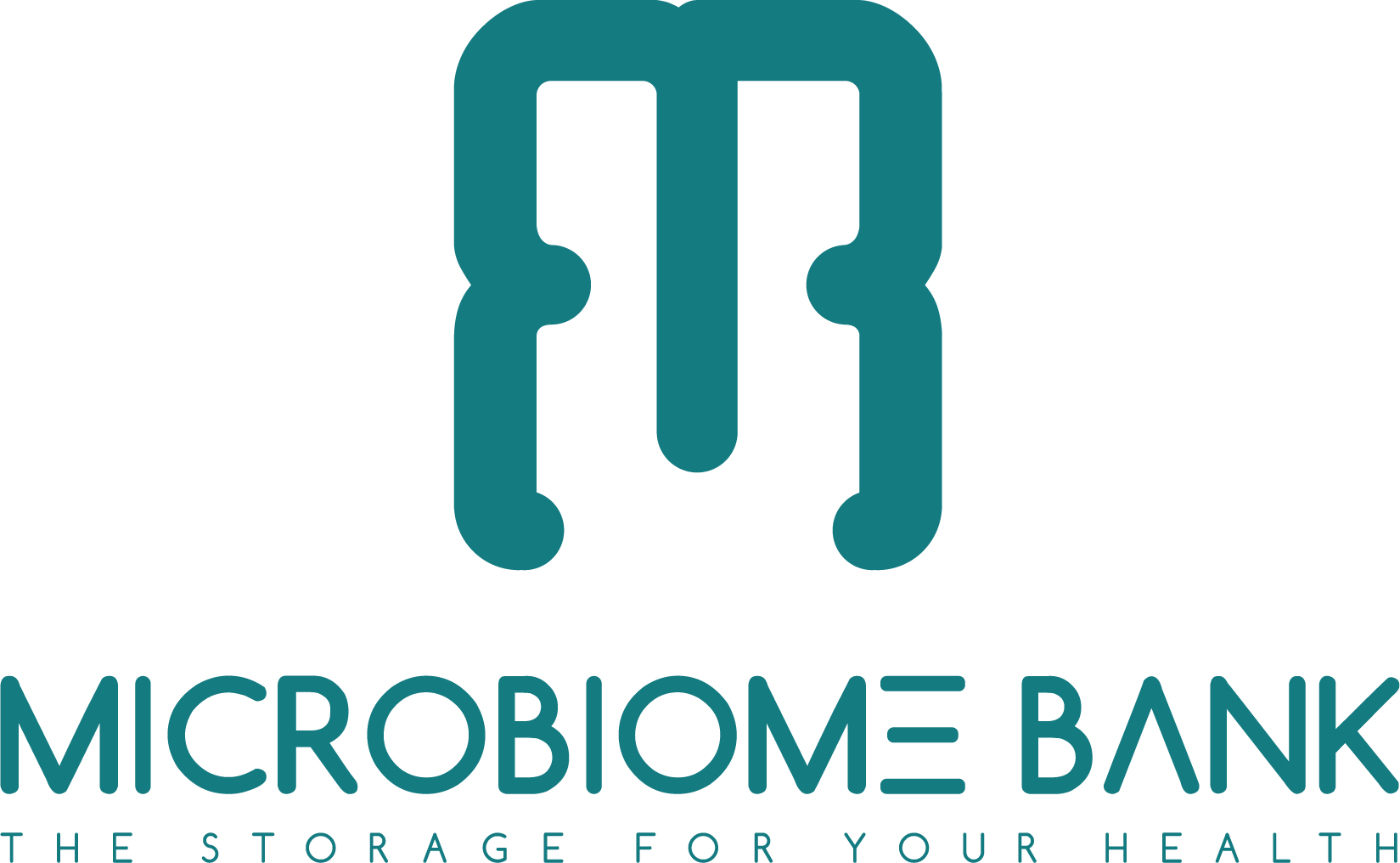The Beginning: A Gut Feeling
They say knowledge is power. But at 49, sitting at the edge of a trail he once visited as a beginner runner, he wasn’t so sure anymore. He had spent most of his life and career looking for something meaningful that would help others – dozens of patients with mysterious gut illnesses, Autism, even depression – often using a treatment most doctors still find unthinkable: fecal microbiota transplantation (FMT). But his own body? His own vitality? For a long period? Slipping.
He wasn’t sick. Not really. But things were off. Recovery took longer. Sleep wasn’t deep. Food didn’t energize – it sedated. And perhaps worst of all: his curiosity had dulled, like an old scalpel forgotten in the back of a drawer.
That was when the question hit: “Can I use everything I know to change my life?”
This wasn’t just a midlife pivot. He had already done wild things: fasted for days, ran a marathon on a 400 m track, in a somewhat rogue experiment had transplanted gut bacteria to Olympic swimmers with a handful of colleagues and once from an elite endurance athlete into himself. A week later, he ran 71 kilometers without hitting the wall. Coincidence? Maybe. But that planted a deeper idea: Could microbes hold the real key not just to performance, but to transformation?
This blog – this journey – isn’t about biohacking or longevity for longevity’s sake. He is chasing something deeper. A kind of wholeness he calls "healthevity" – health and vitality fused. Longevity is part of it, for sure. But who wants to live longer in a state of slow decay? Not him.
In these next 31 weeks, he’ll test everything: food, fasting, fecal therapy, stress, sleep, sex, sun, supplements. He’ll dive into studies, run self-experiments, revisit patients, and yes – he might even poop in a blender again.
But this time, it’s personal. The goal? Not just to change his life – but to prove that the path to real, embodied, resilient health runs through the gut. Through the trillions of microbes we ignore, yet who may hold the secrets to living not just longer – but better.
Next week: "The Invisible Organ: Meet My Microbiota."
1. Cryan et al. (2019) – The Microbiota–Gut–Brain Axis
John F. Cryan, Kenneth J. O’Riordan, Caitlin S. M. Cowan, Kiran V. Sandhu & Thomaz F. S. Bastiaanssen, The Microbiota–Gut–Brain Axis, Physiological Reviews, October 1, 2019.
What it found:
The gut microbiota communicates with the brain via several routes—including the vagus nerve, immune signals, and microbial metabolites like short‑chain fatty acids and tryptophan derivatives
It regulates key brain functions: stress response via the HPA axis, neurogenesis, myelination, neurotransmitter systems (like GABA, serotonin), and microglia activity
Animal research demonstrates profound effects on mood and behavior: germ‑free mice, for instance, show exaggerated stress responses, reduced BDNF, and altered anxiety-like behavior—all reversible by microbial colonization
Cryan’s lab further showed that specific probiotics (e.g., Lactobacillus) can modify emotional behavior by modulating the vagus nerve
https://journals.physiology.org/doi/full/10.1152/physrev.00018.2018
2. Scheiman et al. (2019) — Meta-omics analysis of elite athletes identifies a performance-enhancing microbe that functions via lactate metabolism
Jonathan Scheiman, Jacob M. Luber, Theodore A. Chavkin, Tara MacDonald, Angela Tung, Loc-Duyen Pham, Marsha C. Wibowo, Renee C. Wurth, Sukanya Punthambaker, Braden T. Tierney, Zhen Yang, Mohammad W. Hattab, Julian Avila-Pacheco, Clary B. Clish, Sarah Lessard, George M. Church & Aleksandar D. Kostic
What it found:
The authors analyzed gut microbiomes from elite Boston Marathon runners before and after the race, using meta-omics techniques
They discovered that the genus Veillonella, particularly Veillonella atypica, was significantly enriched post-run and thrived on the lactate produced during exercise
When this strain was transferred from runner-collected samples into mice, those mice showed a ~13 % increase in endurance during treadmill tests
Mechanistically, Veillonella converts lactate into propionate (a short-chain fatty acid), which is proposed to enhance running performance via metabolic support
Provides causal evidence (not just correlation) that certain gut microbes can boost endurance. Highlights a new metabolic pathway – lactate → propionate – through which microbes may support exercise performance. Points toward the potential of microbiota-based probiotics for enhancing endurance capacity.
https://www.nature.com/articles/s41591-019-0485-4
3. Wang et al. (2020) — Promising treatment for type 2 diabetes: Fecal microbiota transplantation reverses insulin resistance and impaired islets
Zezhen Wu, Bangzhou Zhang, Fengwu Chen, Rongmu Xia, Dan Zhu, Baolong Chen, Aiqiang Lin, Chuyan Zheng, Ducheng Hou, Xiaoyu Li, Shuo Zhang, Yongsong Chen
What it found:
Insulin resistance (HOMA‑IR) and BMI improved significantly in both FMT groups (with and without metformin) compared to baseline
Fasting and postprandial glucose, as well as HbA1c, notably improved in the FMT arms—comparable to metformin’s effects
Gut microbial diversity rose significantly; numerous donor-specific microbes successfully colonized recipients, including Bifidobacterium adolescentis, which showed strong negative correlation with HOMA‑IR
The study provides human clinical evidence that FMT can meaningfully enhance metabolic health, improving insulin sensitivity and glycemic control in T2DM, with or without adjunctive metformin.
https://www.frontiersin.org/journals/cellular-and-infection-microbiology/articles/10.3389/fcimb.2022.1089991/full


